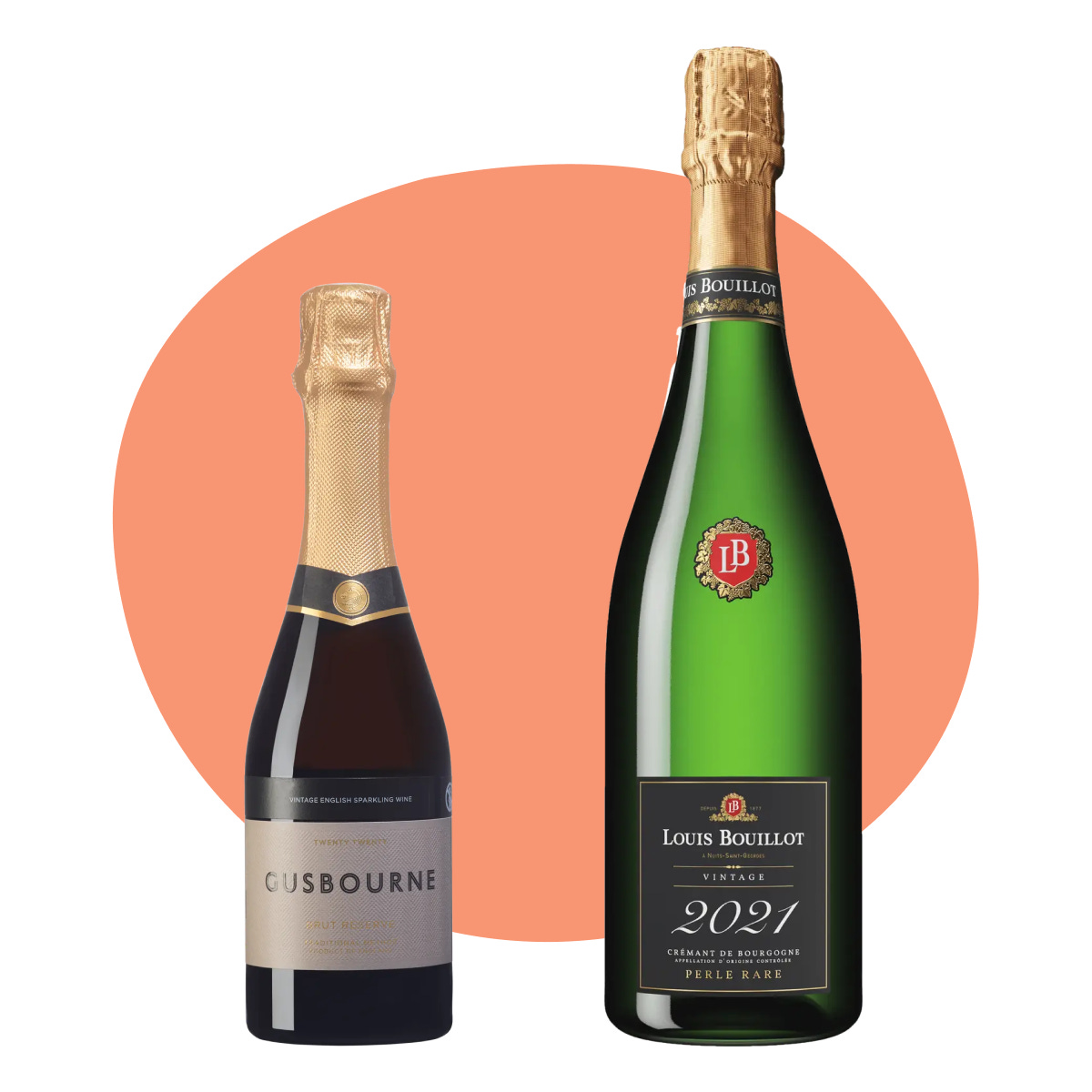Hi friends! Back again with another edition of Barolo for lunch. This week was pretty underwhelming in the temporary assortment, but one (small) bottle stood out, which got me thinking about sparkling wine. So here we are – two bottles to brighten up your weekend. Cheers! 🍷
Gusbourne Brut Reserve – #90004 – 269:-
Want to dip your toes into British sparkling wine, but feel that it’s too expensive? This might be a perfect starting place – a half-bottle, but with all of the taste. Fruity, stony, citrusy, but not pretentious. Exactly the way you’d want sparkling wine to be. Chardonnay, Pinot Noir and Pinot Meunier.
Louis Bouillot Crémant de Bourgogne Grand Millésimé – #77865 – 169:-
The vintage version of Louis Bouillot is probably the best value for money sparkling wine I’ve found at Systembolaget. It’s slightly more refined than the regular version, with soft bubbles and notes of ripe, red apples and warm lemons. 45% Chardonnay, 25% Pinot Noir, 20% Gamay and 10% Aligoté.
Enjoying these posts? If you share Barolo for lunch with few friends, you’ll get access to my 20 best wines under 300 SEK or a personalized wine pairing 😋
Nerd zone: British Sparkling
Sparkling wine from Great Britain might not yet have the fame of Champagne or Cava, but in recent years it’s started to make quite a buzz in the wine world. Thanks to climate change (well…) the chalky soils of southern England, especially around Sussex, Kent and Hampshire, have started to produce wines that in many ways can rival their French counterparts. It’s pretty clear where they got the inspiration.
Just as in Champagne, most of the wines are made using the traditional method and the classic grape varieties – Chardonnay, Pinot Noir, and Pinot Meunier – are the backbone of British sparkling wines too. What sets them apart is their naturally high acidity, often almost higher than in champagne, which gives the wines a crisp, zesty character.
Unfortunately, the producers of the region also found inspiration in Champagne when it comes to pricing. One could have hoped that such an “unknown” region would be a cheap alternative to the real thing, but in practice it’s often closer in price to champagne than for instance Cava. That said, quality is generally high, so if you want to try something new it’s well worth exploring.



